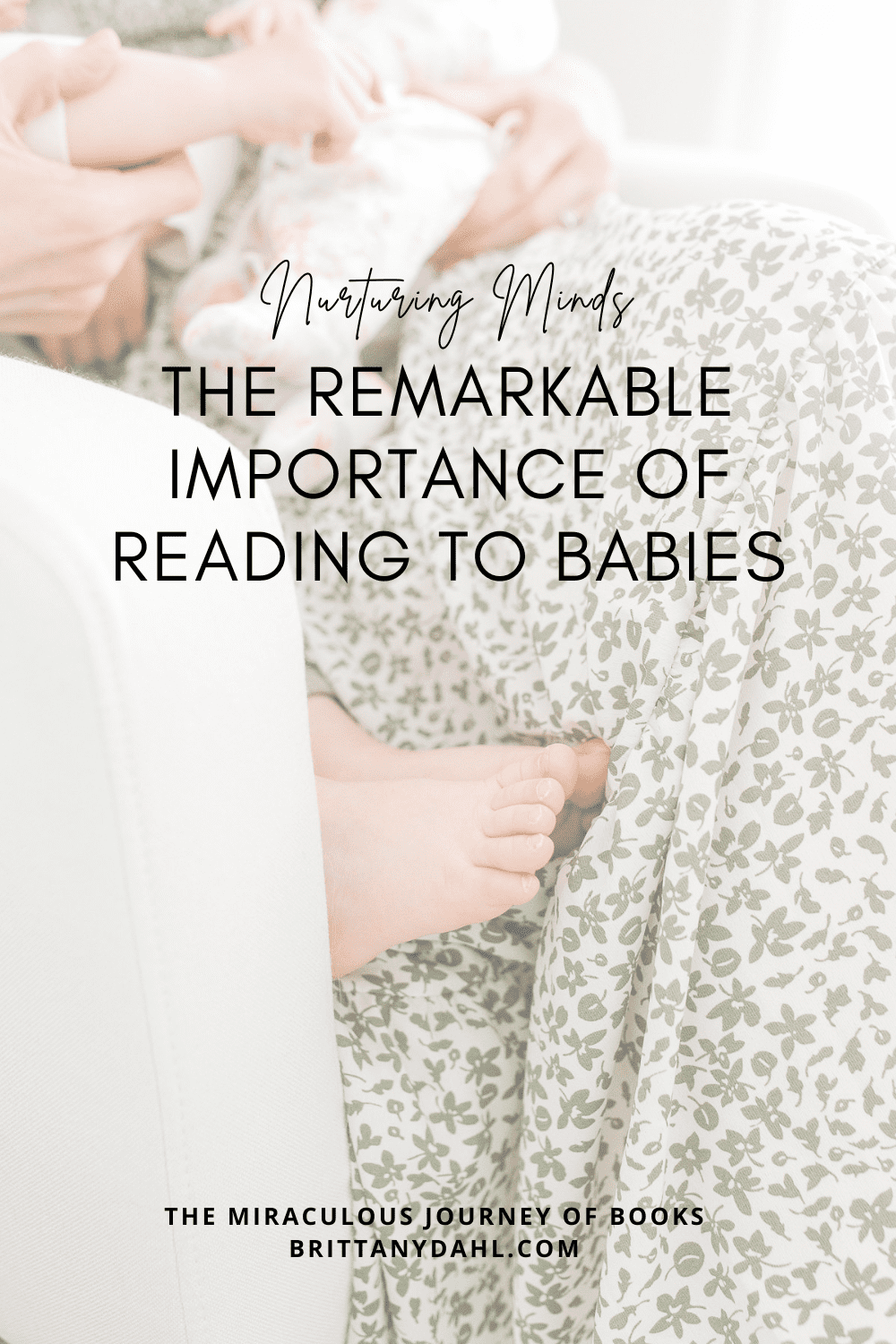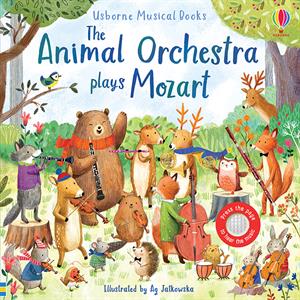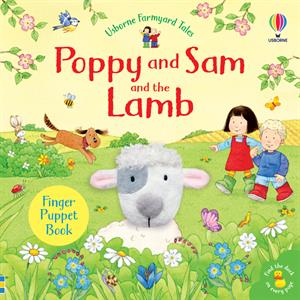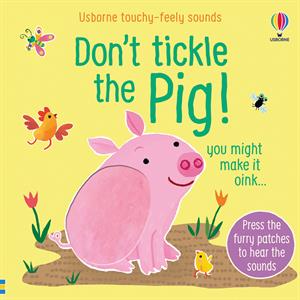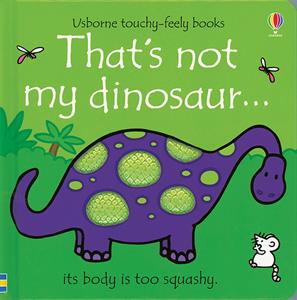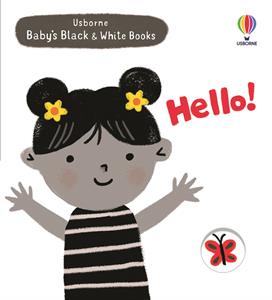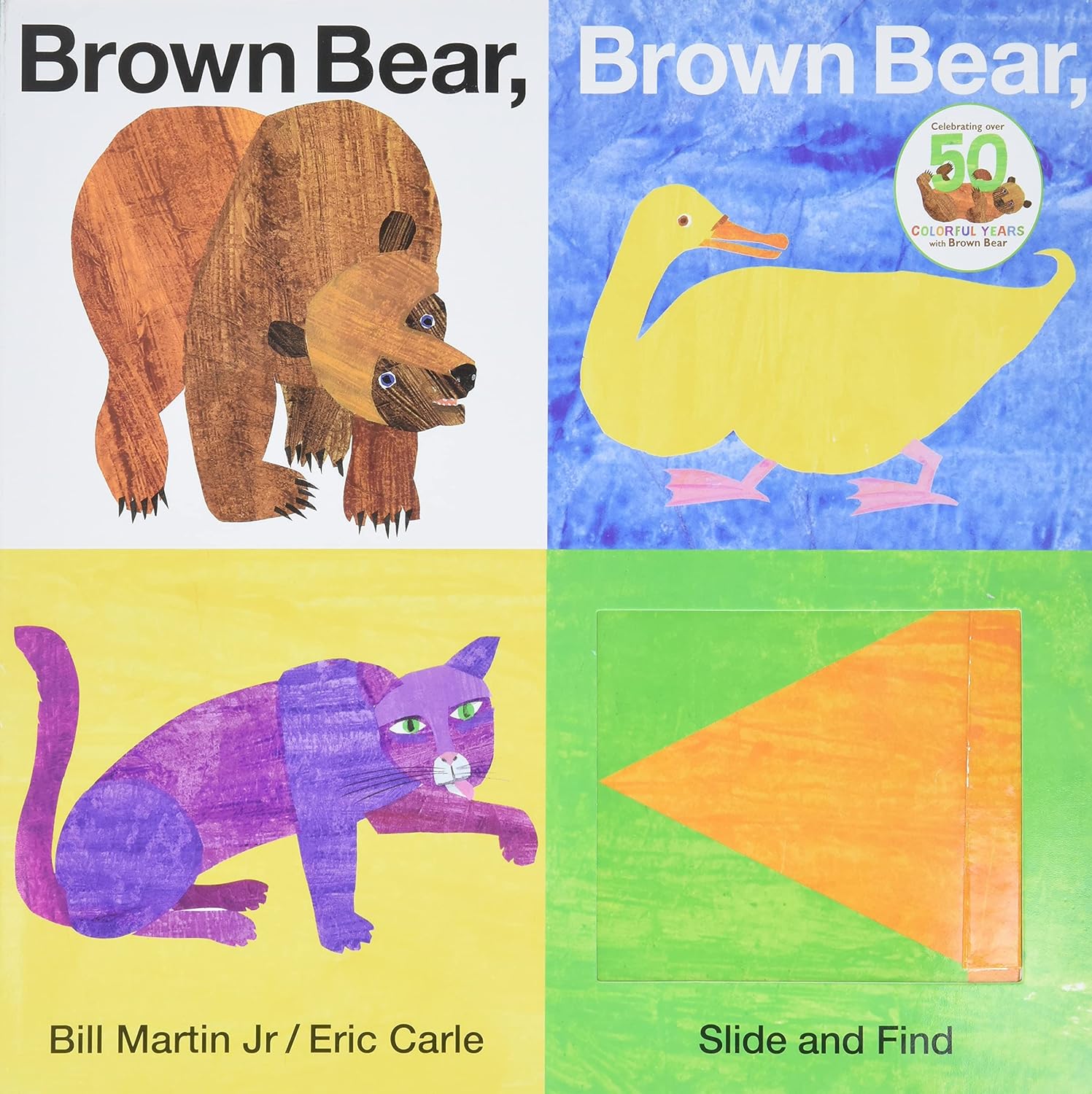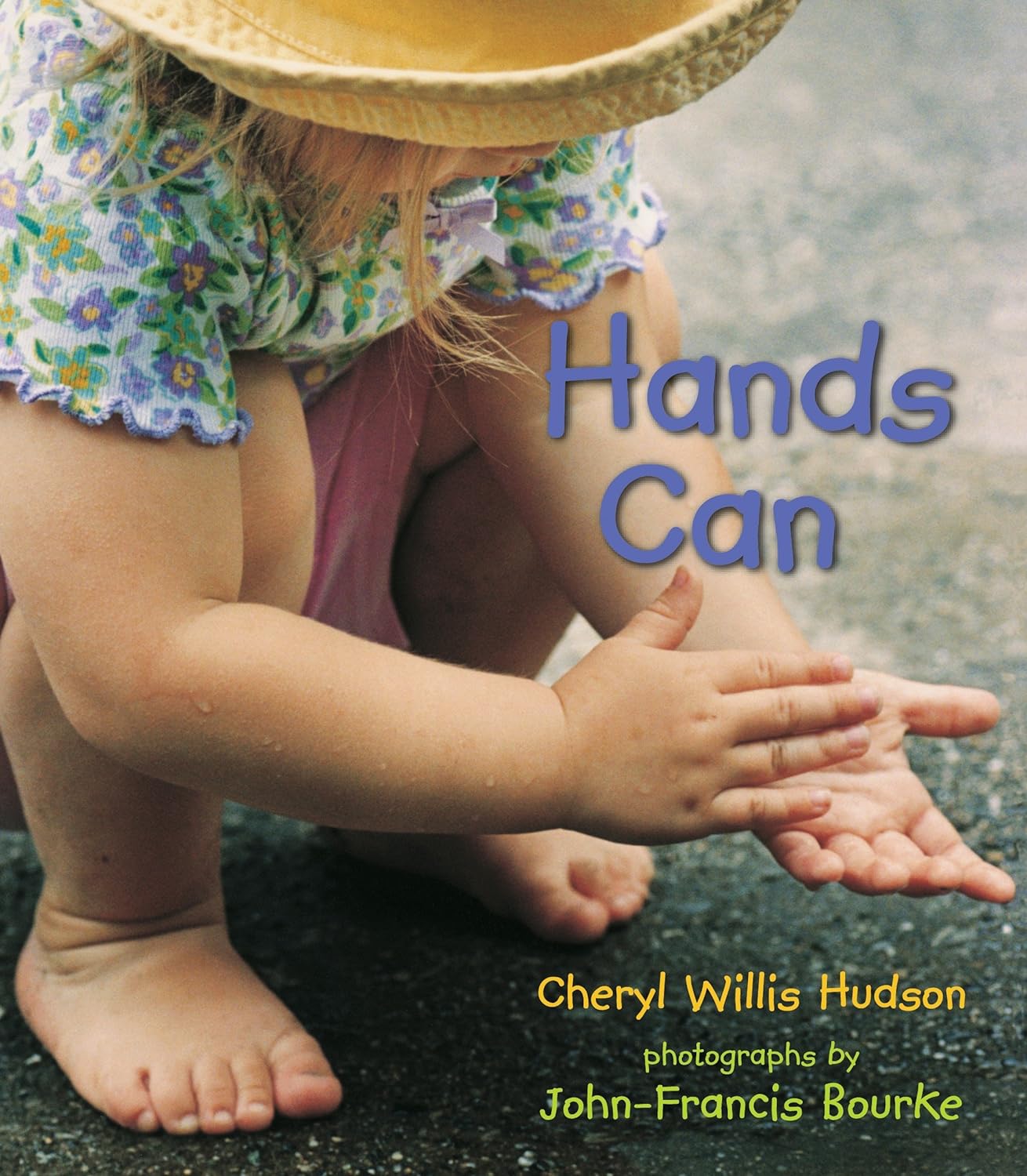A Foundation for Future Growth
In the tender embrace of infancy, the world is an enchanting mosaic waiting to be discovered. Every experience, every interaction, shapes the neural pathways of a developing baby’s brain. Among the countless gifts parents can bestow upon their little ones, one stands out for its enduring impact – reading to babies.
I often hear parents say that they don’t read to their newborn or even their one year old because they just don’t understand yet. However, this isn’t true! If I can offer any parenting tips, let it be this: “Experts are nearly unanimous in stating that babies should routinely experience shared books as soon as they experience shared talking, that is, during the first weeks and months of life.” (Butler, D. (1998). Babies need books. Portsmouth, NH: Heinemann.)
The act of reading to babies, though seemingly simple, is an invaluable investment in their future. In this blog post, we will explore the remarkable importance of reading to babies and uncover the profound impact it has on their cognitive, emotional, and linguistic development. Let’s raise readers!
I use affiliate links to share products with you. If you use the link to make a purchase, the cost of the book doesn’t go up for you. However, I will receive a commission and I do appreciate your support.
1. Building Strong Brain Architecture
The brain undergoes rapid development during the first few years of life, forming the foundation upon which all future learning is built. You’re not directly teaching them how to read, but you’re paving the way to success. Reading to babies stimulates neural connections and enhances brain development, especially in areas responsible for language processing and comprehension. As parents lovingly read aloud, babies absorb a symphony of words, tones, and rhythms, laying the groundwork for efficient communication and cognitive abilities.
The brain is a unique organ. “While good early experiences help the brain develop well, poor experiences can literally cause a genetically normal child to have a lower I.Q. Scientific evidence shows that maltreated children who receive little stimulation – children who are exposed to fewer colors, less touch, little interaction with adults, fewer sights and sounds, and less language – actually have smaller brains.” (De Bellis, M.D., Keshaven, M.S., Clark,D.B., Caseey, B.J., Giedd, J.B., Boring,A.M., Frustaci, K., & Ryan, N.D. (1999).Developmental traumatology.Part 2: Brain development. BiologicalPsychiatry, 45, 1271-1284.) Simply taking time to read with your child can avoid all of this!
2. Language Development: A Precious Gift
Language is the gateway to expression and connection. Reading to babies exposes them to a rich vocabulary, varied sentence structures, and diverse linguistic patterns. This exposure, in turn, fosters early language development, expanding a child’s capacity to express thoughts and emotions. Research has shown that babies exposed to a language-rich environment through reading are more likely to have advanced communication skills later in life.
Because we have taken the time to read with my son, as a toddler, he is able to very articulate how he feels and also how someone else might feel in a given situation. I am always amazed at his ability to verbalize another’s feelings, and I contribute this to the time he’s spent reading from a very early age.
3. Nurturing Emotional Bonds
The moments shared during reading sessions are more than just educational; they are an opportunity for emotional bonding. Snuggled in a parent’s lap, a baby not only hears words but also feels the warmth and love radiating from the storyteller. This sense of security and comfort instills a deep emotional connection between parent and child, fostering a trusting relationship that forms the cornerstone of healthy social and emotional development.
Reading together has also been proven to lower stress levels for both parents and children. I know there have definitely been times when my frustration levels have been high with my kids, but as soon as we curl up together, I feel myself beginning to calm down.
“Literacy is about communication, which begins long before a baby utters her first word. Babies are prewired to learn, communicate, and connect with others; they tell us what they need through their cries, facial expressions, sounds, and movements.” Janice Im, Carol Osborn, Sylvia Sánchez, et al., Cradling Literacy: Building Teachers’ Skills to Nurture Early Language and Literacy from Birth to Five. Washington, DC: Zero to Three, 2007.
4. Sparking Curiosity and Imagination
Books are magical portals that transport young minds to enchanting worlds and captivating adventures. When parents read to babies, they ignite the spark of curiosity and imagination. Colorful illustrations, intriguing characters, and imaginative narratives engage a baby’s senses and stimulate creative thinking. As babies grow, this foundation of curiosity evolves into a thirst for knowledge and a lifelong love for learning.
In Talk to Me, Baby! Bardige explains that “Reading aloud to young children is not only one of the best activities to stimulate language and cognitive skills; it also builds motivation, curiosity, and memory.” ((2009), Paul H Brookes Pub Co.)
5. Cultivating Concentration and Attention
In today’s fast-paced world, cultivating the ability to focus and pay attention is crucial. Reading to babies encourages them to listen, observe, and engage – skills that lay the groundwork for developing strong concentration and attention spans. As babies grow older, these skills become essential for academic success and effective problem-solving.
My son fit the stereotypical “all boy” description. He is constantly on the go and it’s not easy to keep up with him. However, because we have built a reading practice together from the very beginning. Now at the age of three, he can sit and read with us for 30-45 minutes periods of time. In fact, just tonight, he stacked up a pile of fifteen books next to my husband and declared, “Read all of them, Daddy!”
6. Building Reading into Your Routine
One of the best ways to raise readers is to build this habit into your routine early. It makes it easier for you, as the parent, but also for your kids. They know what to expect as they are getting ready for bed or nap time. We have also built reading into our morning routine as we read at the breakfast table while my son is eating. Routines help kids to feel safe and to know what to expect. Add reading to yours!
Planting the Seeds of Lifelong Learning
In the delicate tapestry of early childhood, reading to babies emerges as a powerful thread that weaves together cognitive, emotional, and linguistic development. The moments spent reading create an indelible impression, nurturing a love for words, stories, and ideas. As parents embrace the role of storyteller, they empower their babies to embark on a lifelong journey of exploration, discovery, and growth.
In a world brimming with distractions, the act of reading to babies becomes a cherished ritual – a sanctuary where minds and hearts meet, where stories become treasures, and where the foundations of future brilliance are tenderly laid. So, let us embark on this extraordinary journey, one story at a time, as we gift our babies not just with tales, but with the keys to unlock the boundless universe of knowledge and imagination.
My Favorite Books for Babies
If you are looking for some books worth reading to your little one, look no further than this list of personal favorites that have been tried and tested on my own kids. These are the books that they gravitate towards and the ones that have helped us as we are raising readers.
The Animal Orchestra Plays Mozart
by Sam Taplin
One of the most read books in our home is The Animal Orchestra Plays Mozart. Listen to five different pieces from this famous composer and learn interesting facts as the Animal Orchestra takes the stage. My daughter, who is 1, “reads” this book on her own. She knows just how to push the buttons and turn the pages to enjoy the music!
Poppy and Sam and the Lamb Finger Puppet Book
by Sam Taplin
Follow Poppy and Sam and the Lamb around Apple Tree Farm as it makes its way back to the sheep fold. Poppy and Sam are lovable characters that are part of a large series of sweet stories. Be sure to look for the duck hiding on each page, too!
Don’t Tickle the Pig!
by Sam Taplin
Don’t Tickle the Pig! combines touchy-feely patches with the fun sounds of the farm! As you tickle each soft patch, you’ll hear a pig oink, a cow moo, and other delightful farm sounds. Watch this video from Usborne to get an inside look at the book!
That’s Not My Dinosaur…
by
Your child will fall in love with the interactive touchy-feely series, That’s Not My… One of the things I especially love about Usborne’s touchy-feely books is the large patches and the variety in each book. That’s Not My Dinosaur features a “rough,” sensory patch that has been both of my kids’ favorite!
1 2 3 Counting
from Kane Miller Publishing
1 2 3 Counting is a fold-out, stand up book that is perfect for tummy time. The black and white images are ideal for infants. High contrast colors help to strengthen baby’s eye muscles.

